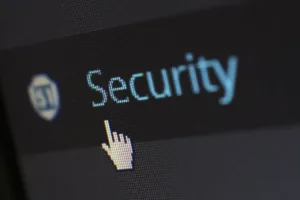
Email accounts remain a prime target for cybercriminals due to their role in authentication, communication, and data storage. With phishing attacks affecting 83% of UK businesses in 20231 and email spoofing enabling impersonation tactics, securing email accounts is no longer optional but a necessity. This article outlines actionable strategies to mitigate risks, from password hygiene to enterprise-level protocols like DMARC.
Key Threats to Email Security
Phishing attacks dominate email threats, often leveraging social engineering to trick users into revealing credentials or downloading malware. Kaspersky reports that fraudulent emails frequently mimic trusted entities like banks or cloud services1. Spoofing, another critical risk, involves forging sender addresses to bypass filters. PowerDMARC notes that without DMARC/DKIM/SPF protocols, organizations are vulnerable to domain impersonation2. Account takeovers and data breaches further compound these risks, with the average breach costing $4 million3.
Best Practices for Mitigation
Password Management: Use 12+ character passwords with mixed cases and symbols. Dashlane recommends avoiding password reuse across accounts4. Two-Factor Authentication (2FA): Prefer app-based 2FA (e.g., Google Authenticator) over SMS, as SMS is susceptible to SIM-swapping5. Phishing Recognition: Scrutinize sender addresses and grammar errors; LinkedIn advises skepticism toward urgent requests6.
| Solution | Implementation | Source |
|---|---|---|
| DMARC/DKIM/SPF | Prevents domain spoofing and validates senders | PowerDMARC |
| Encrypted Providers | ProtonMail or Tutanota for end-to-end encryption | PowerDMARC |
Advanced Solutions for Enterprises
For organizations, DMARC configuration is critical. PowerDMARC’s ThreatIntel tool uses AI to detect anomalies in email traffic2. Feedback loops (FBLs) with providers like Outlook.com help track spam complaints, while sender score monitoring via SenderScore.org ensures reputation management3.
Conclusion
Email security demands a layered approach: technical controls (DMARC, encryption), behavioral training (phishing awareness), and proactive monitoring (breach alerts). Tools like Have I Been Pwned and Kaspersky Password Manager provide additional safeguards14. As threats evolve, adopting these measures reduces exposure to account compromise and data theft.
References
- “Hackers and Email Addresses,” Kaspersky, 2023.
- “Email Authentication Protocols,” PowerDMARC, 2023.
- “Top Cybersafe Solutions for Emails,” PowerDMARC, 2023.
- “Guide to Protecting Passwords,” Dashlane, 2023.
- “Google Account 2FA,” Google, 2023.
- “Email Security Tips,” LinkedIn, 2023.





